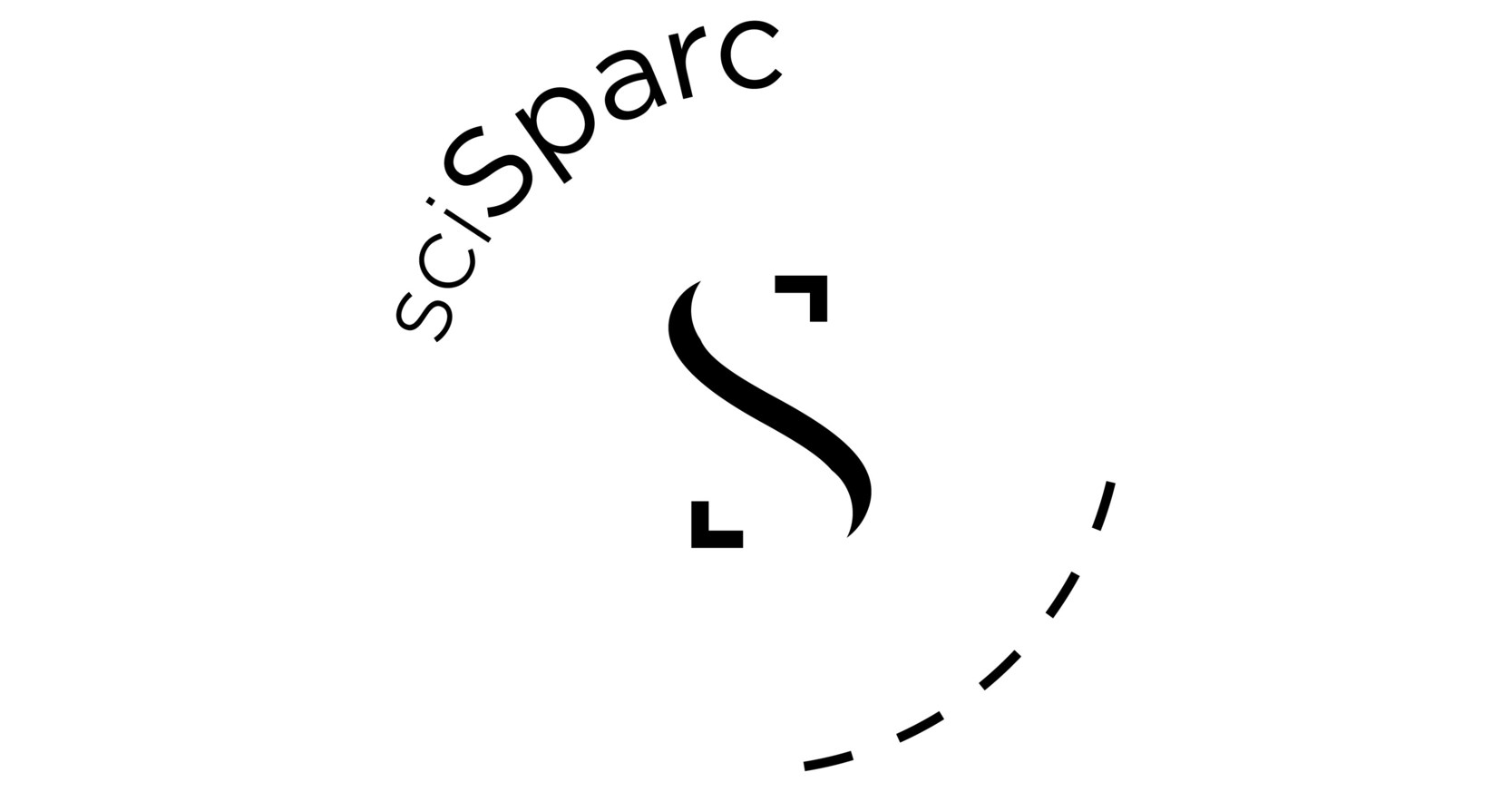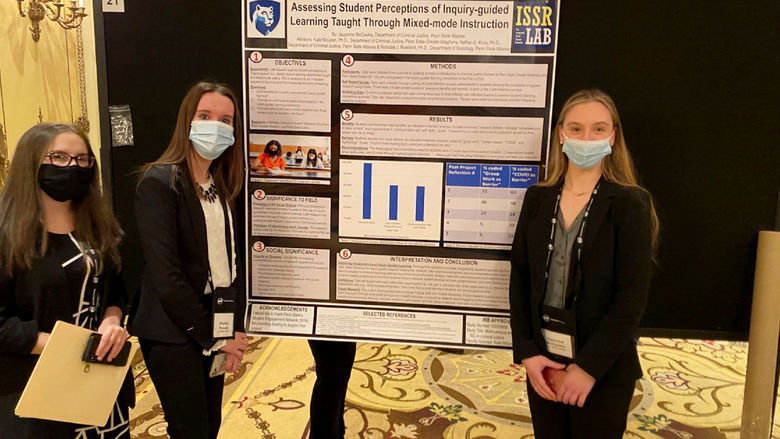SciSparc Announces Publication of Manuscript Describing Tourette Syndrome Study Conducted at Yale University

TEL AVIV, Israel, October 18, 2021 /PRNewswire/ — SciSparc Ltd. (OTCQB: SPRCF), a clinical-stage specialty pharmaceutical company focused on developing therapies to treat central nervous system disorders (the “Company”), today announced the publication of a manuscript that teaches the uses of its proprietary drug candidate SCI-110 for Tourette syndrome (TS). The study was conducted at the Department of Psychiatry and the Child Study Center of Yale University in New Haven, ConnecticutUNITED STATES.
The article describes the phase IIa clinical trial conducted at the Child Study Center of Yale University, aimed to assess the effectiveness of SCI-110 on tic severity, as evidenced by improvement in the Yale Tic Severity Scale (YGTSS) Tic Total Score Index. Secondary outcomes included measures of comorbid conditions and the number of subjects who elected to continue treatment into the 24-week extension phase. Study results, described in the article, showed significant improvement over time in tic symptoms with SCI-110 treatment (general linear model time factor: F=3.06, p=0.006) . The improvement in tic symptoms from baseline was statistically significant within one week of starting treatment. SCI-110 treatment resulted in an average improvement in tic symptoms of more than 20%, resulting in a 7-point decrease in YGTSS score. Twelve of 16 subjects elected to continue in the extension phase and only two subjects dropped out early. Side effects were common but none were serious. Additionally, they were typically managed by decreasing the dose of D9-SCI, slowing dose titration, and moving the dose to nighttime.
The SCI-110 platform is based on two active components: (1) tetrahydrocannabinol (THC) which is the main cannabinoid molecule of the cannabis plant, and (2) palmitoylethanolamide (PEA), which is a fatty acid amide endogenous which belongs to the class of nuclear factor agonists, which are proteins that regulate gene expression. The combination of THC and PEA induces a “sparing effect” reaction. Thus, it is proposed that the presence of the PEA molecule increases the effectiveness of THC, while reducing the dose required and decreasing the associated deleterious adverse effects.
“We are very pleased with the acceptance of this article by such a prestigious peer-reviewed journal as the Journal of Neuropsychiatry and Clinical Neurosciences. This is further recognition of the therapeutic potential of IBS-110 in the syndrome of Tourette We are also honored by the fruitful collaboration with Yale University which we see as an example of beneficial partnership between industry and academia, an important means in the development of treatments aimed at relieving patients’ symptoms, particularly in diseases where current treatments are poor, ineffective and accompanied by multiple side effects,” said Dr. Adi Zuloff-Shani, Chief Technology Officer of SciSparc. “As reported in the past, based on the results of these studies, we are initiating a randomized, double-blind, placebo-controlled study to assess the safety, tolerability and efficacy of SCI-110 in the treatment of adults with Tourette’s syndrome.
About SciSparc (OTCQB: SPRCF):
SciSparc Ltd. is a clinical-stage specialty pharmaceutical company led by an experienced team of senior executives and scientists. Our goal is to create and enhance a portfolio of cannabinoid-based pharmaceutical technologies and assets. With this in mind, the Company is currently engaged in the following drug development programs based on THC and/or non-psychoactive cannabidiol (CBD): SCI-110 for the treatment of Tourette’s syndrome and for the treatment of apnea sleep obstruction; SCI-160 for the treatment of pain; and SCI-210 for the treatment of autism spectrum disorders and epilepsy.
Forward-looking statements:
This press release contains forward-looking statements within the meaning of the “safe harbor” provisions of the Private Securities Litigation Reform Act of 1995 and other federal securities laws. For example, SciSparc uses forward-looking statements when discussing the potential benefits of SCI-110 and its potential as an option for the treatment of TS. Historical results of scientific research and clinical and preclinical testing do not guarantee that findings of future research or testing will suggest the same or even similar conclusions. Because these statements address future events and are based on SciSparc’s current expectations, they are subject to various risks and uncertainties, and the actual results, performance or achievements of SciSparc could differ materially from those described or implied by the statements in this press release. The forward-looking statements contained or implied by this press release are subject to other risks and uncertainties, including those discussed under “Risk Factors” in SciSparc’s Annual Report on Form 20-F filed with the SEC on March 30, 2021, and in subsequent filings with the United States Securities and Exchange Commission. Except as otherwise required by law, SciSparc disclaims any intention or obligation to update or revise any forward-looking statements, which speak only as of the date on which they were made, whether as a result of new information, future events or circumstances or otherwise.
Logo- https://mma.prnewswire.com/media/1434686/SciSparc_Ltd_Logo.jpg
Investor contacts:
[email protected]
Tel: +972-3-6167055
SOURCESciSparc Ltd.






